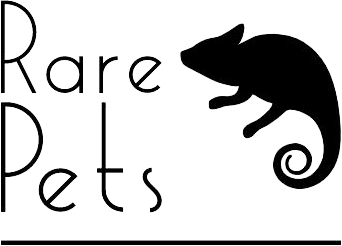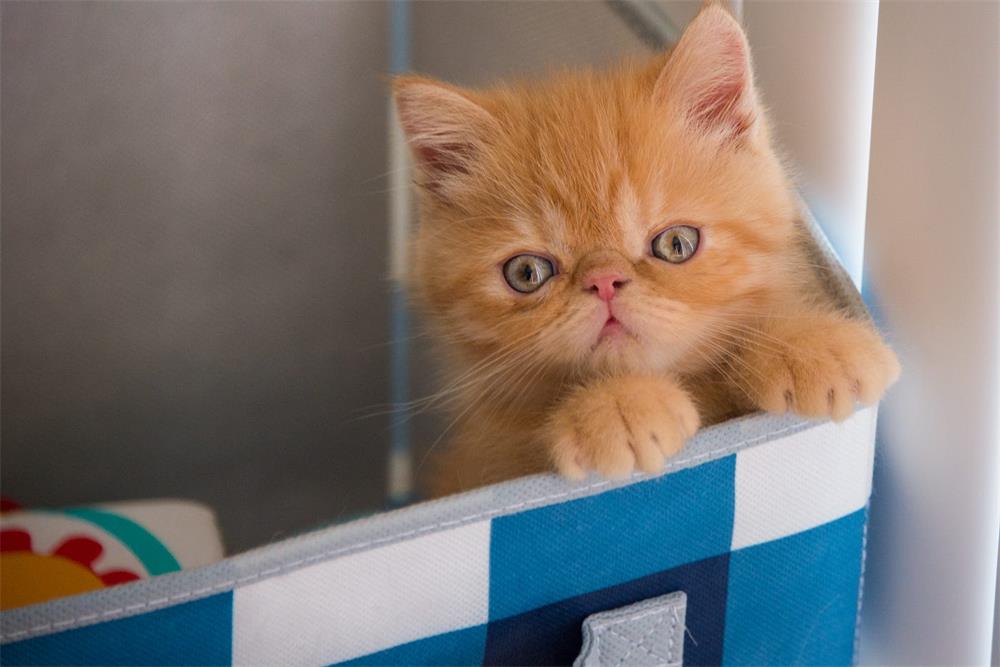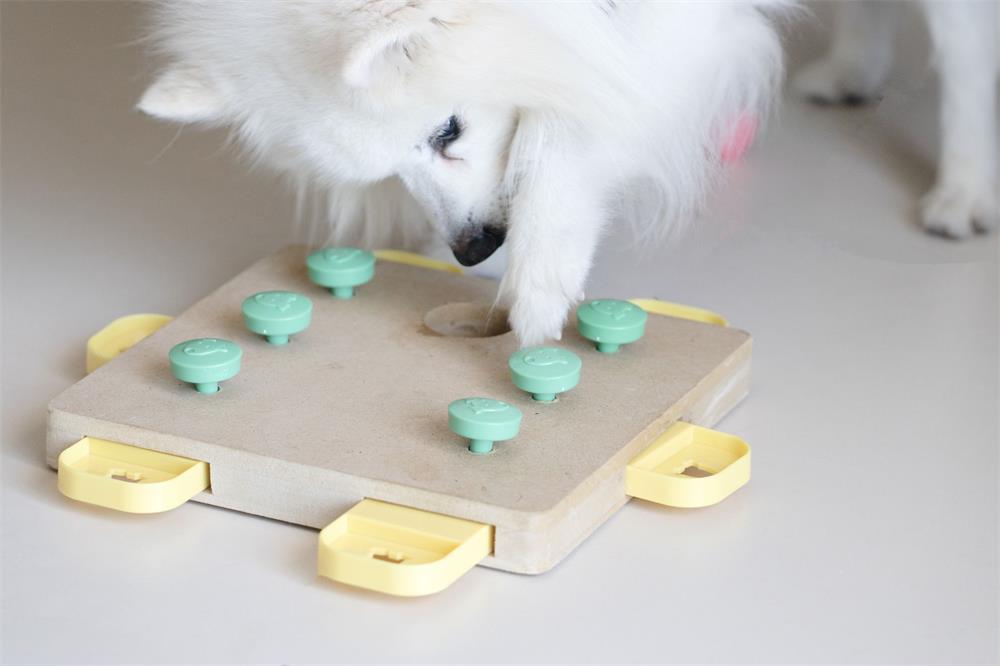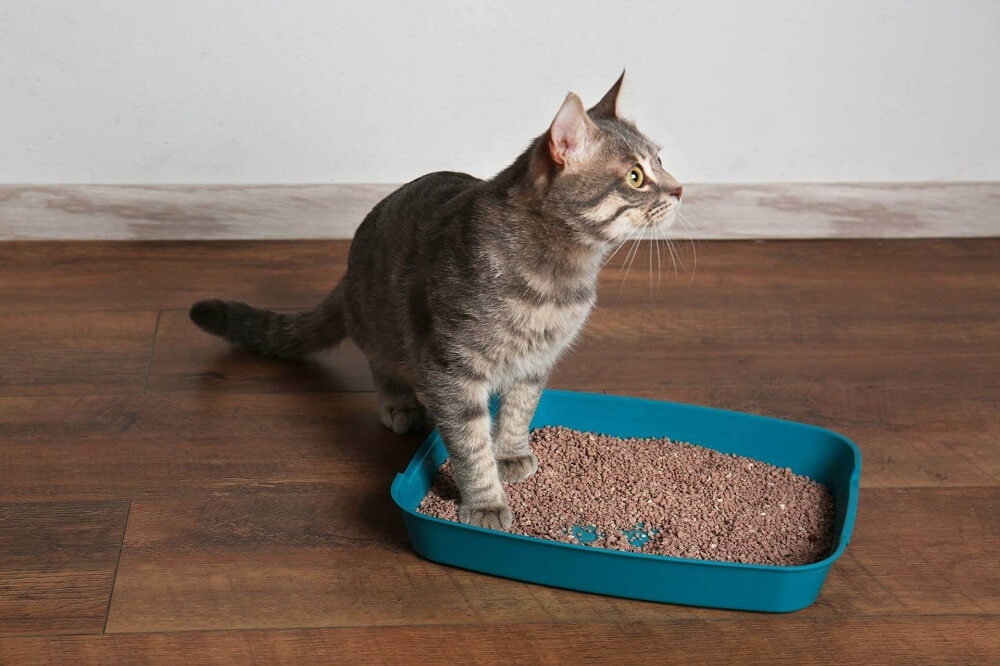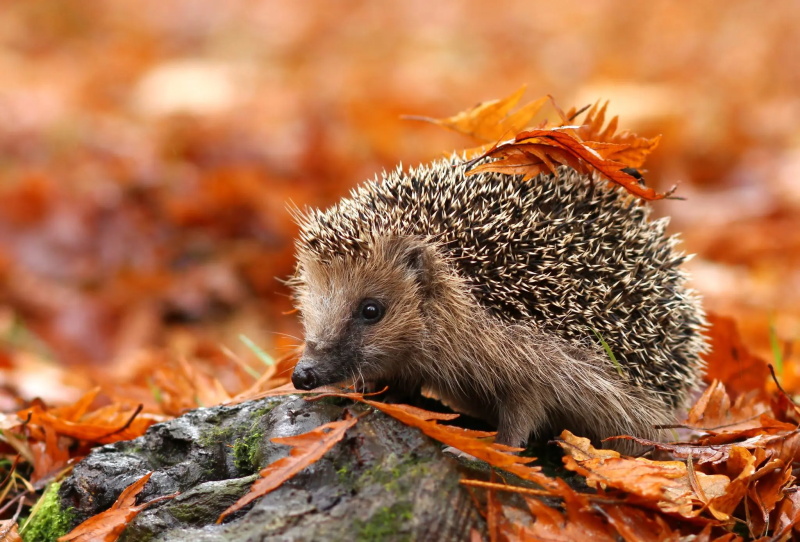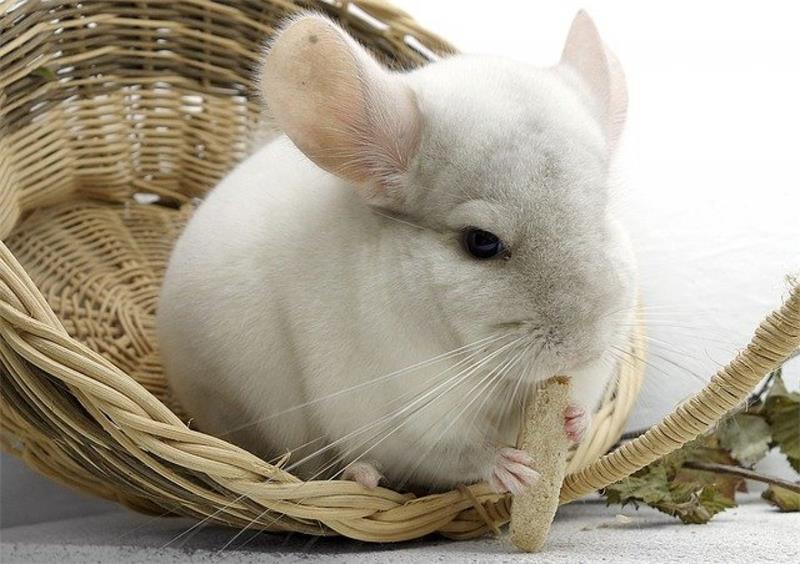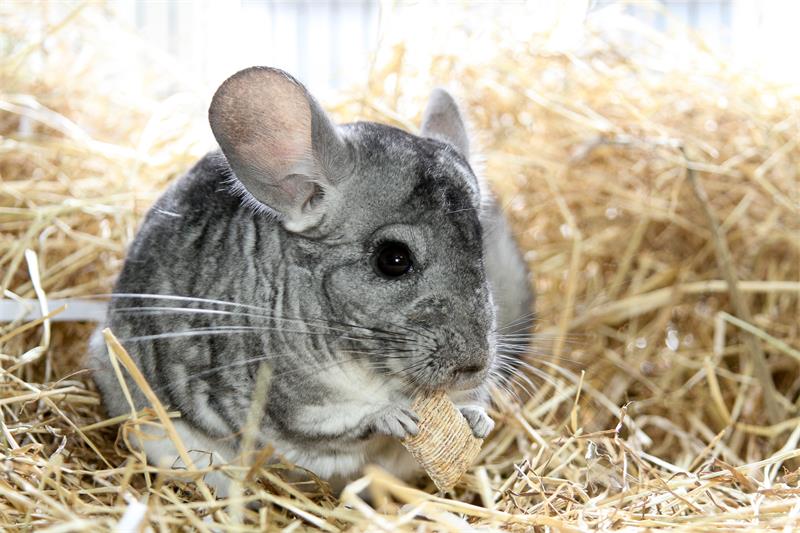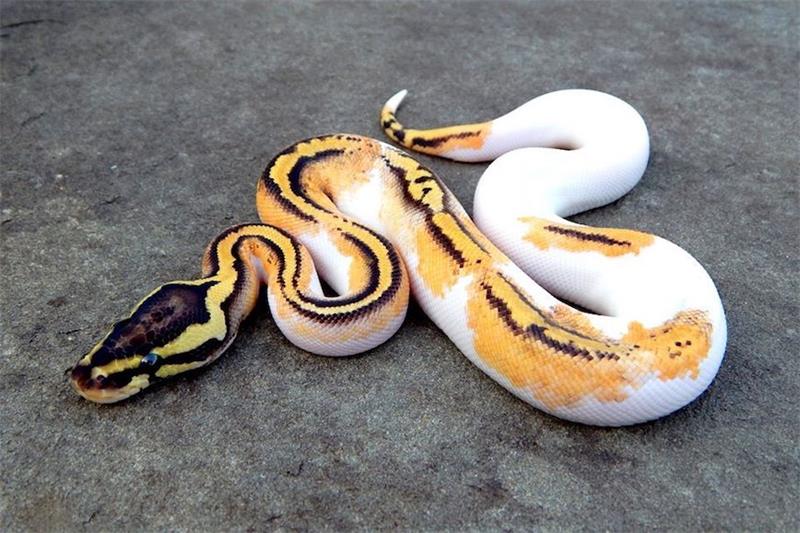
Table of Contents
Ball pythons are one of the most popular pet snakes in the world. They are docile, hardy, and easy to care for. However, they also have some specific requirements for their enclosure that you need to know before you bring one home. In this article, we will guide you through the steps of setting up a perfect ball python enclosure, including the size, heating, lighting, substrate, hides, and decorations.
Size
The size of your ball python enclosure depends on the size of your snake. Juvenile ball pythons seem to do well in small enclosures, but an adult needs an enclosure at least 36x18x12 inches, larger in some cases. An adult snake needs an enclosure at least as long as the full length of its body so that it can stretch out fully.
You can choose between glass terrariums, plastic tubs, or wooden cages for your ball python enclosure. Glass terrariums are great for retaining heat and humidity, and they also allow you to see your snake better. However, they can be heavy, expensive, and hard to clean. Plastic tubs are cheap, lightweight, and easy to clean, but they don’t look very attractive and they may not have enough ventilation. Wooden cages are sturdy, secure, and customizable, but they can be difficult to maintain humidity and temperature.
One of the best options for a ball python enclosure is a glass terrarium with front-opening doors and key-lock security. This type of terrarium is easy to access, secure, and aesthetically pleasing. It also has screen ventilation on the top and sides to allow air circulation. A good example of this type of terrarium is the Carolina Custom Cages 36x18x18 Terrarium, which is similar in size to a 40-gallon breeder tank.
Heating
Ball pythons are cold-blooded animals that need external heat sources to regulate their body temperature. They prefer a temperature gradient in their enclosure, with a warm side and a cool side. The warm side should have a temperature of about 88-92°F (31-33°C), while the cool side should have a temperature of about 78-80°F (25-27°C). The ambient temperature should be around 82-85°F (28-29°C).
There are different ways to heat your ball python enclosure, such as heat lamps, ceramic heat emitters, heat mats, or radiant heat panels. Heat lamps and ceramic heat emitters provide both heat and light, but they can also dry out the air and cause burns if not used properly. Heat mats and radiant heat panels provide heat without light, but they only heat the surface and not the air. You should always use a thermostat to control the temperature of your heat source and prevent overheating.
One of the best ways to heat your ball python enclosure is to use a combination of a heat mat and a ceramic heat emitter. You can place the heat mat under one-third of the enclosure on the warm side and connect it to a thermostat. You can also place the ceramic heat emitter on top of the screen lid on the same side and connect it to another thermostat. This way, you can create a warm spot for your snake to bask in and also maintain a comfortable ambient temperature.
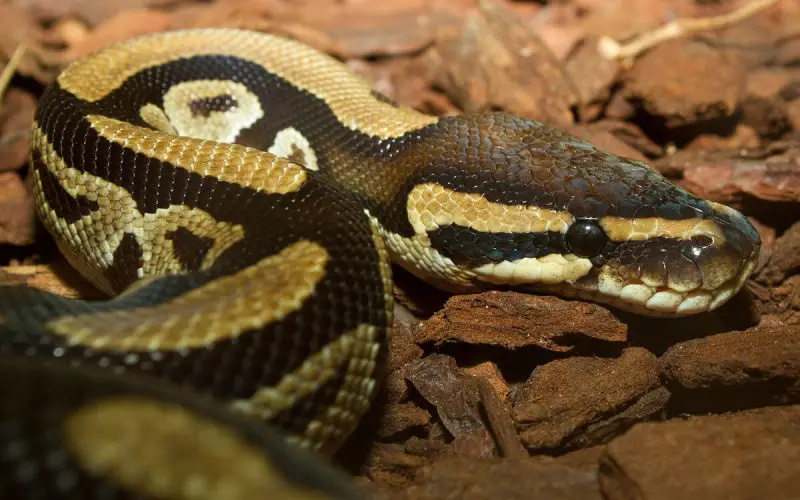
Lighting
Ball pythons do not need any special lighting for their enclosure, as they are mostly nocturnal animals that are active at night. However, they do benefit from having a natural day/night cycle that mimics their natural habitat. You can provide this by using a regular light bulb or an LED light that is on for 12 hours and off for 12 hours. You can also use a timer to automate this process.
You should avoid using any bright or colored lights that may stress or disturb your snake. You should also avoid using any UVB lights that may harm your snake’s eyes or skin. Ball pythons do not need UVB lights to synthesize vitamin D3 or calcium, as they get these nutrients from their diet.
Substrate
The substrate is the material that covers the bottom of your ball python enclosure. It serves several purposes: it absorbs moisture and waste, it maintains humidity levels, and it provides enrichment and comfort for your snake. The substrate you choose should be safe, easy to clean, and suitable for your snake’s natural behavior.
There are many types of substrate available for ball pythons, but not all of them are ideal. Some substrates can be harmful, messy, or ineffective for your snake. Here are some of the best and worst substrates for ball pythons:
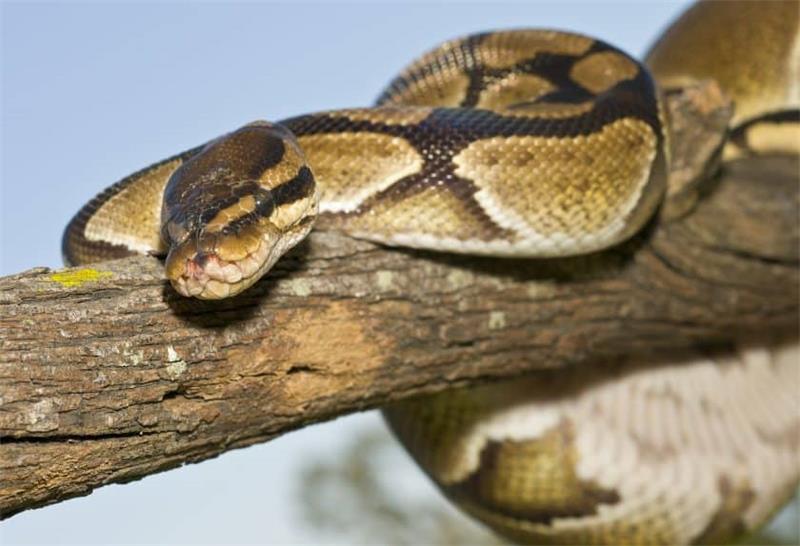
Best Substrates
Coconut Husk
Coconut husk, also known as coco husk, is made from roughly chopped chunks of coconut shell. It is a natural and renewable substrate that has many benefits for ball pythons. Some of these benefits are:
- It has a high water retention capacity, which helps maintain humidity levels in the enclosure.
- It is soft and comfortable for your snake to burrow and rest on.
- It is resistant to mold and bacteria growth, which reduces odors and infections.
- It is easy to spot clean and replace when needed.
Coconut husk can be purchased in compressed bricks that need to be soaked in water before use. You can also buy it in loose bags that are ready to use. You should aim for a depth of about 2-4 inches of coconut husk in your ball python enclosure.
Bioactive Soil
Bioactive soil is a type of substrate that mimics the natural habitat of your snake. It contains live insects, microorganisms, and plants that help create a self-sustaining ecosystem in your enclosure. Some of the advantages of bioactive soil are:
- It provides natural enrichment and stimulation for your snake.
- It reduces waste and odor by breaking down organic matter.
- It supports live plants that help balance the humidity and oxygen levels.
- It does not need to be changed frequently, which saves money and time.
Bioactive soil can be purchased from specialized reptile suppliers or made at home with a mixture of organic soils and sands. You will also need to add a drainage layer, a clean-up crew of isopods and springtails, and a layer of leaf litter on top. You should aim for a depth of about 4-6 inches of bioactive soil in your ball python enclosure.
Coconut Fiber
Coconut fiber, also known as coco coir or coco fiber, is made from finely shredded fibers of coconut husk. It is similar to coconut husk, but it has a finer texture and a darker color. It is another natural and renewable substrate that works well for ball pythons. Some of the benefits of coconut fiber are:
- It has an excellent water retention capacity, which helps maintain humidity levels in the enclosure.
- It is soft and fluffy for your snake to burrow and rest on.
- It is resistant to mold and bacteria growth, which reduces odors and infections.
- It is easy to spot clean and replace when needed.
Coconut fiber can be purchased in compressed bricks that need to be soaked in water before use. You can also buy it in loose bags that are ready to use. You should aim for a depth of about 2-4 inches of coconut fiber in your ball python enclosure.
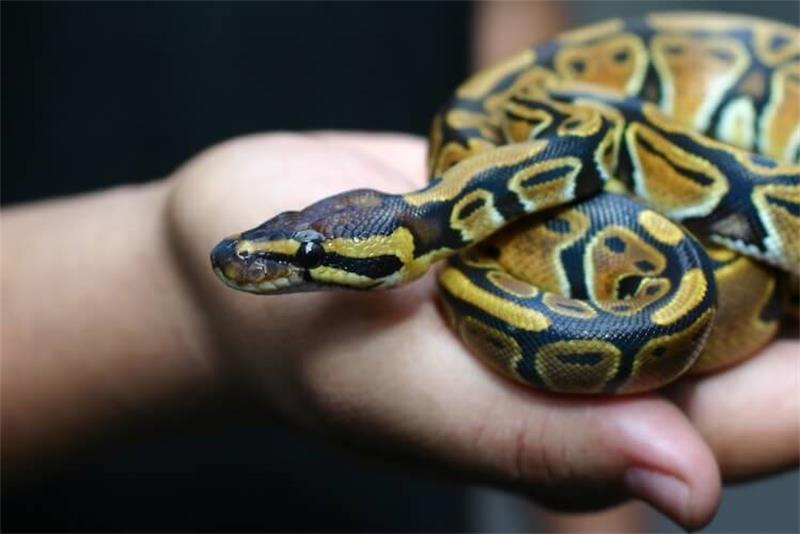
Worst Substrates
Sand
Sand is a type of substrate that should be avoided for ball pythons. It is made from finely ground rocks or minerals that have a coarse texture and a light color. It may seem like a natural substrate for snakes, but it has many drawbacks for ball pythons. Some of these drawbacks are:
- It has a low water retention capacity, which makes it hard to maintain humidity levels in the enclosure.
- It is abrasive and irritating for your snake’s skin, eyes, and mouth.
- It can cause impaction if ingested by your snake during feeding or grooming.
- It is messy and difficult to clean.
Sand can be purchased in various colors and sizes from pet stores or online retailers. You should never use sand as a substrate for your ball python enclosure.
Pine and Cedar Shavings
Pine and cedar shavings are types of substrates that should be avoided for ball pythons. They are made from wood shavings that have a pleasant smell and a light color. They may seem like a cheap and easy substrate for snakes, but they have many risks for ball pythons¹. Some of these risks are:
- They contain oils and chemicals that can irritate your snake’s respiratory system and cause allergies or infections.
- They have a low water retention capacity, which makes it hard to maintain humidity levels in the enclosure.
- They can cause impaction if ingested by your snake during feeding or grooming.
- They are flammable and can pose a fire hazard if exposed to heat sources.
Pine and cedar shavings can be purchased from pet stores or online retailers. You should never use pine and cedar shavings as a substrate for your ball python enclosure.
Gravel
Gravel is a type of substrate that should be avoided for ball pythons. It is made from small stones or pebbles that have a smooth texture and a dark color. It may seem like a durable and easy substrate for snakes, but it has many disadvantages for ball pythons. Some of these disadvantages are:
- It has a low water retention capacity, which makes it hard to maintain humidity levels in the enclosure.
- It is hard and uncomfortable for your snake to burrow and rest on.
- It can cause impaction if ingested by your snake during feeding or grooming.
- It is heavy and difficult to clean.
Gravel can be purchased from pet stores or online retailers. You should never use gravel as a substrate for your ball python enclosure.
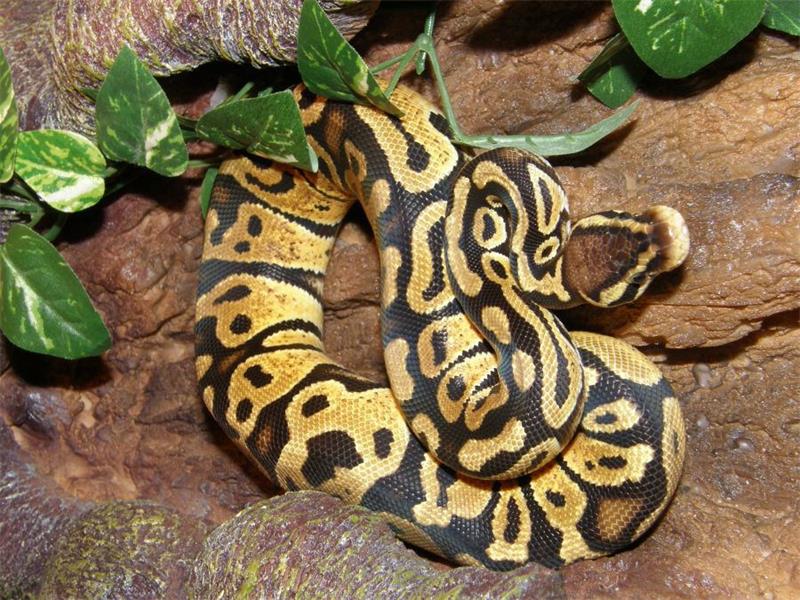
Conclusion
As you can see, choosing the right substrate for your ball python enclosure is not a trivial matter. It can have a significant impact on your snake’s health and happiness. You should always look for a substrate that is safe, comfortable, and suitable for your snake’s natural behavior.
Some of the best substrates for ball pythons are coconut husk, bioactive soil, and coconut fiber. These substrates have high water retention capacities, which help maintain humidity levels in the enclosure. They are also soft and cozy for your snake to burrow and rest on. They are resistant to mold and bacteria growth, which reduce odors and infections. They are easy to spot clean and replace when needed.
Some of the worst substrates for ball pythons are sand, pine and cedar shavings, and gravel. These substrates have low water retention capacities, which make it hard to maintain humidity levels in the enclosure. They are also abrasive, irritating, or uncomfortable for your snake’s skin, eyes, and mouth. They can cause impaction if ingested by your snake during feeding or grooming. They are messy, difficult, or dangerous to clean.
We hope this article has helped you find the best substrate for your ball python enclosure. Remember to always do your research before buying any substrate for your snake. If you have any questions or comments, feel free to leave them below. Happy snake keeping!
